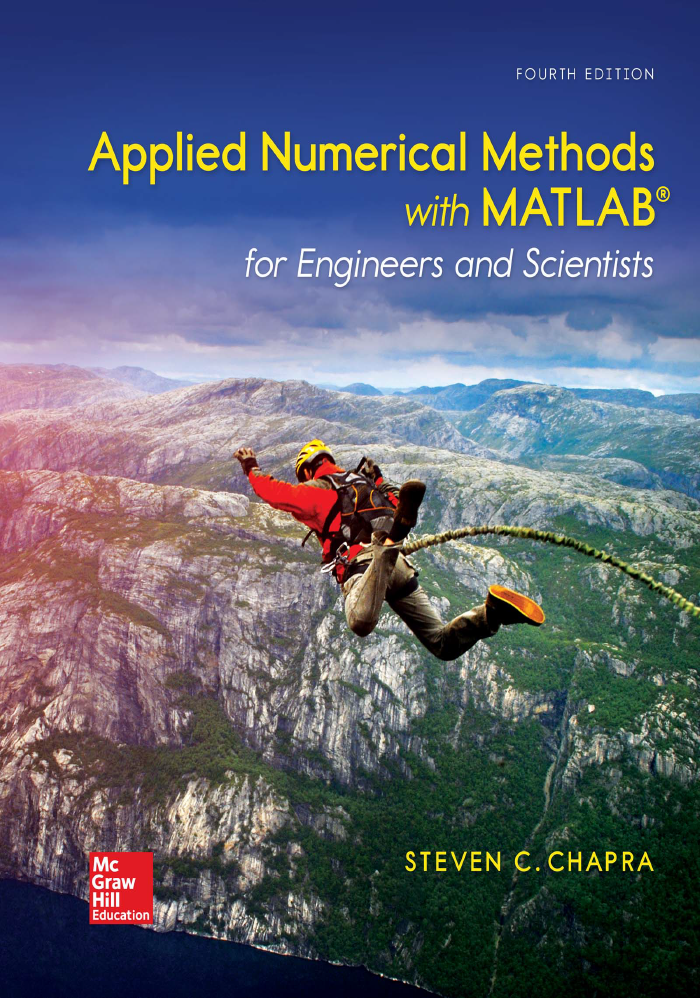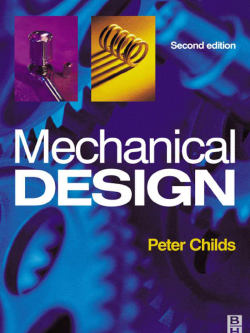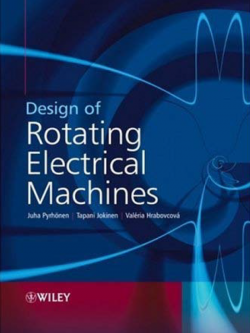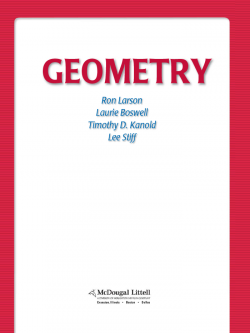Description
This book is designed to support a one-semester course in numerical methods. It has been written for students who want to learn and apply numerical methods in order to solve problems in engineering and science. As such, the methods are motivated by problems rather than by mathematics. That said, sufficient theory is provided so that students come away with insight into the techniques and their shortcomings.
MATLAB® provides a great environment for such a course. Although other environments (e.g., Excel/VBA, Mathcad) or languages (e.g., Fortran 90, C++) could have been chosen, MATLAB presently offers a nice combination of handy programming features with powerful built-in numerical capabilities. On the one hand, its M-file programming environment allows students to implement moderately complicated algorithms in a structured and coherent fashion. On the other hand, its built-in, numerical capabilities empower students to solve more difficult problems without trying to “reinvent the wheel.”
The basic content, organization, and pedagogy of the third edition are essentially preserved in the fourth edition. In particular, the conversational writing style is intentionally maintained in order to make the book easier to read. This book tries to speak directly to the reader and is designed in part to be a tool for self-teaching. That said, this edition differs from the past edition in three major ways: (1) new material, (2) new and revised homework problems, and (3) an appendix introducing Simulink.
1. New Content. I have included new and enhanced sections on a number of topics. The primary additions include material on some MATLAB functions not included in previous editions (e.g., fsolve, integrate, bvp4c), some new applications of Monte Carlo for problems such as integration and optimization, and MATLAB’s new way to pass parameters to function functions.
2. New Homework Problems. Most of the end-of-chapter problems have been modified, and a variety of new problems have been added. In particular, an effort has been made to include several new problems for each chapter that are more challenging and difficult than the problems in the previous edition.
3. I have developed a short primer on Simulink which I have my students read prior to covering that topic. Although I recognize that some professors may not choose to cover Simulink, I included it as a teaching aid for those that do.





